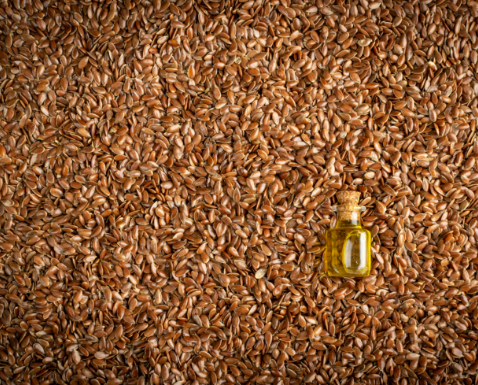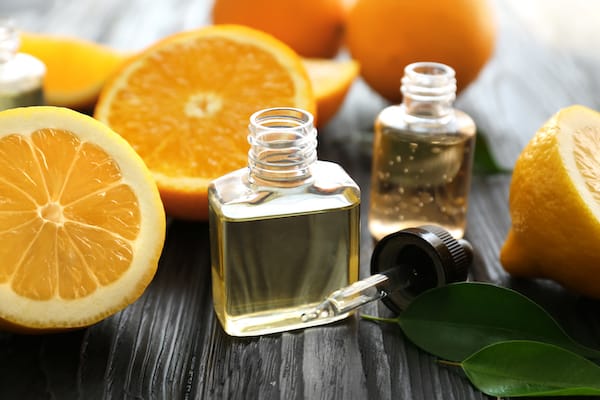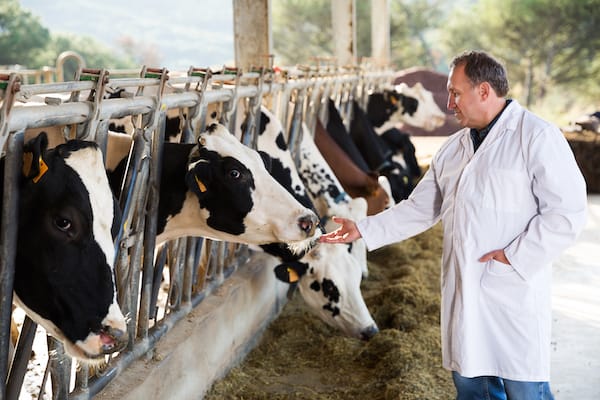Agri-food

01
Food production
Seed oil extraction processes help to efficiently recover oil from seeds: up to 20% of oil is still left after the mechanical process (pressing) and this residual oil is recovered through a solvent extraction process.
When it comes to oil extraction, the solvents used are ultra-pure and suitable for food contact. Butanol and propanol are used as extraction solvents in the preparation of flavourings from natural flavouring materials.
Food-grade hexane is used all over the world to extract oil from seeds due to its optimum solvency power. Hexane is a light solvent that is easily removed from the edible oil and is also recycled during the process in a closed loop. The process is efficient, clean and allows the production of high-quality vegetable oil. Vegetable oil is an essential component in a healthy diet, therefore demand for seed oil is growing globally with the increasing of population and living standards.
Esters like ethyl acetate are found naturally in fruits and vegetables such as bananas, apples and coffee. The liquid solvent is circulated through a bed of moist, green coffee beans, removing some of the caffeine; the solvent is then recaptured in an evaporator, and the beans are washed with water.

02
Fertilisers
and crop protection
Solvents (glycol ethers, hydrocarbon solvents) help formulating the most efficient agrochemical formulations. Solvents help to optimize the dosing of the active ingredient and to deliver cost effective formulations. As adjuvants they help reduce the amount of plant protection product required by enabling it to spread uniformly and dry slowly, leading to higher absorbency. Hydrocarbon solvents, meanwhile, are used in oil containing sprays to coat the leaves of the crops and protect them against insects.

03
Fragrances & flavours
Esters are sweet-smelling liquids used to flavour foods and sweets and represent the largest group of flavour compounds in alcoholic beverages, generating, for instance, the “fruity” aromas in beer (not including the direct addition of fruit and fruit flavours in certain beers). The most common ester in wine is ethyl acetate. One of the reasons why connoisseurs value aged fine wines is because, over time, the concentration of esters increases through the natural condensation reactions. The esters are formed by the reactions of organic acids and alcohols created during fermentation. While they are important flavouring agents in alcoholic beverages, esters occur naturally in many fruits and enhance their flavours.

04
Meat production
Hydrocarbon Solvents are used in veterinary medicinal products as adjuvants in vaccines, bases for ointments, anti-dusting agents in medicated feeds, vehicles in antimastitic intramammary infusions, emollients in teat dips, or ingredients in antiparasiticides.



